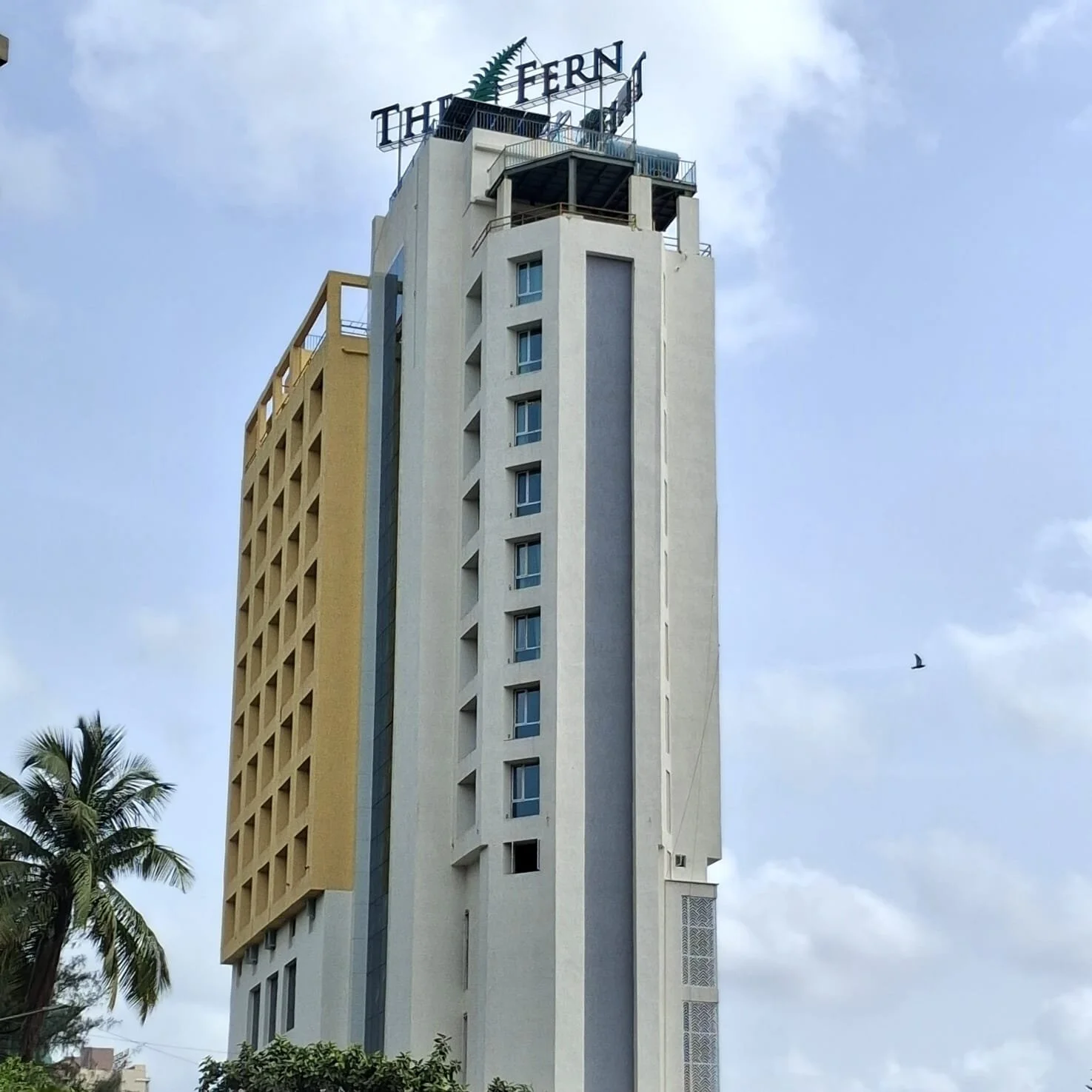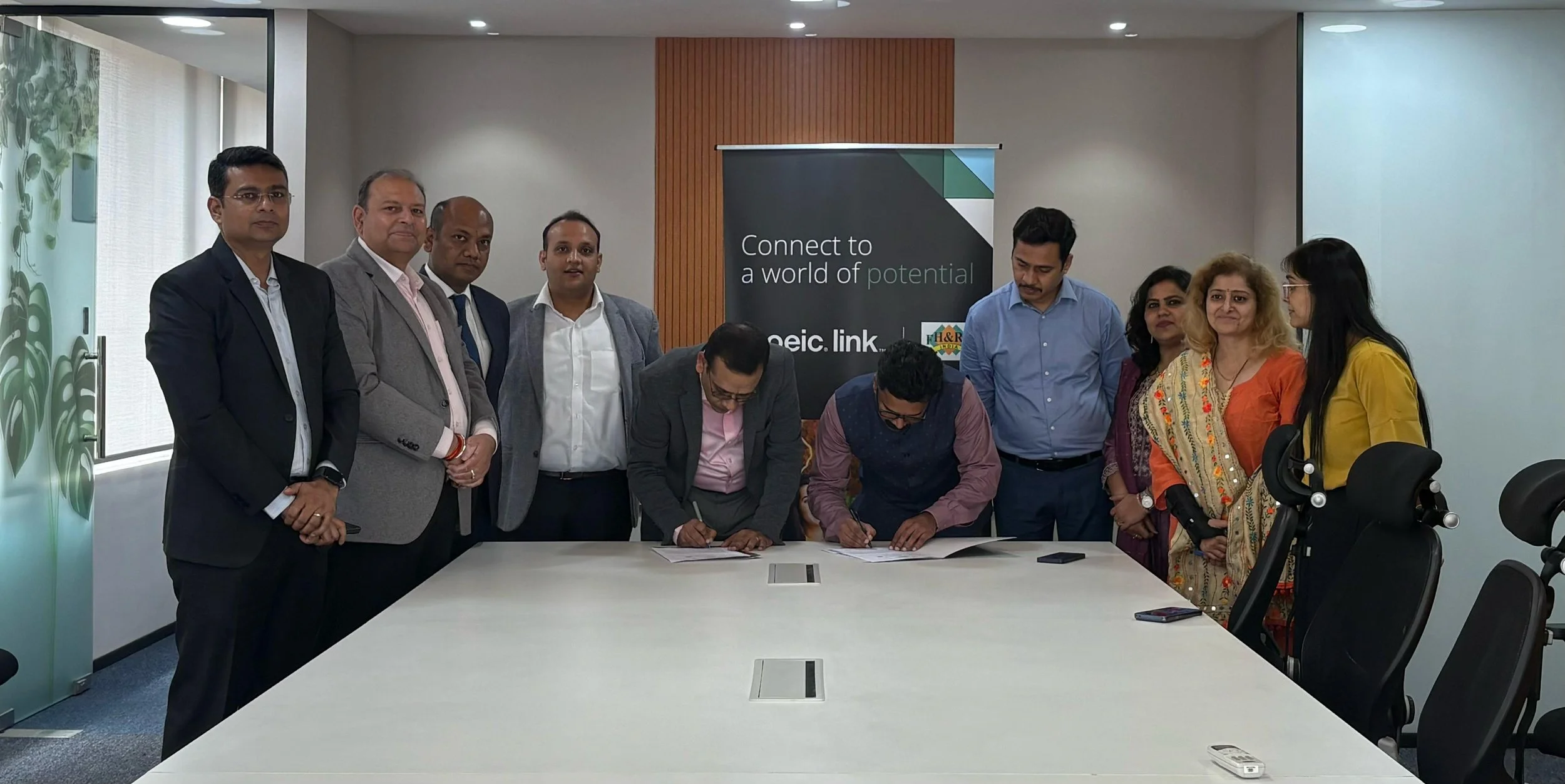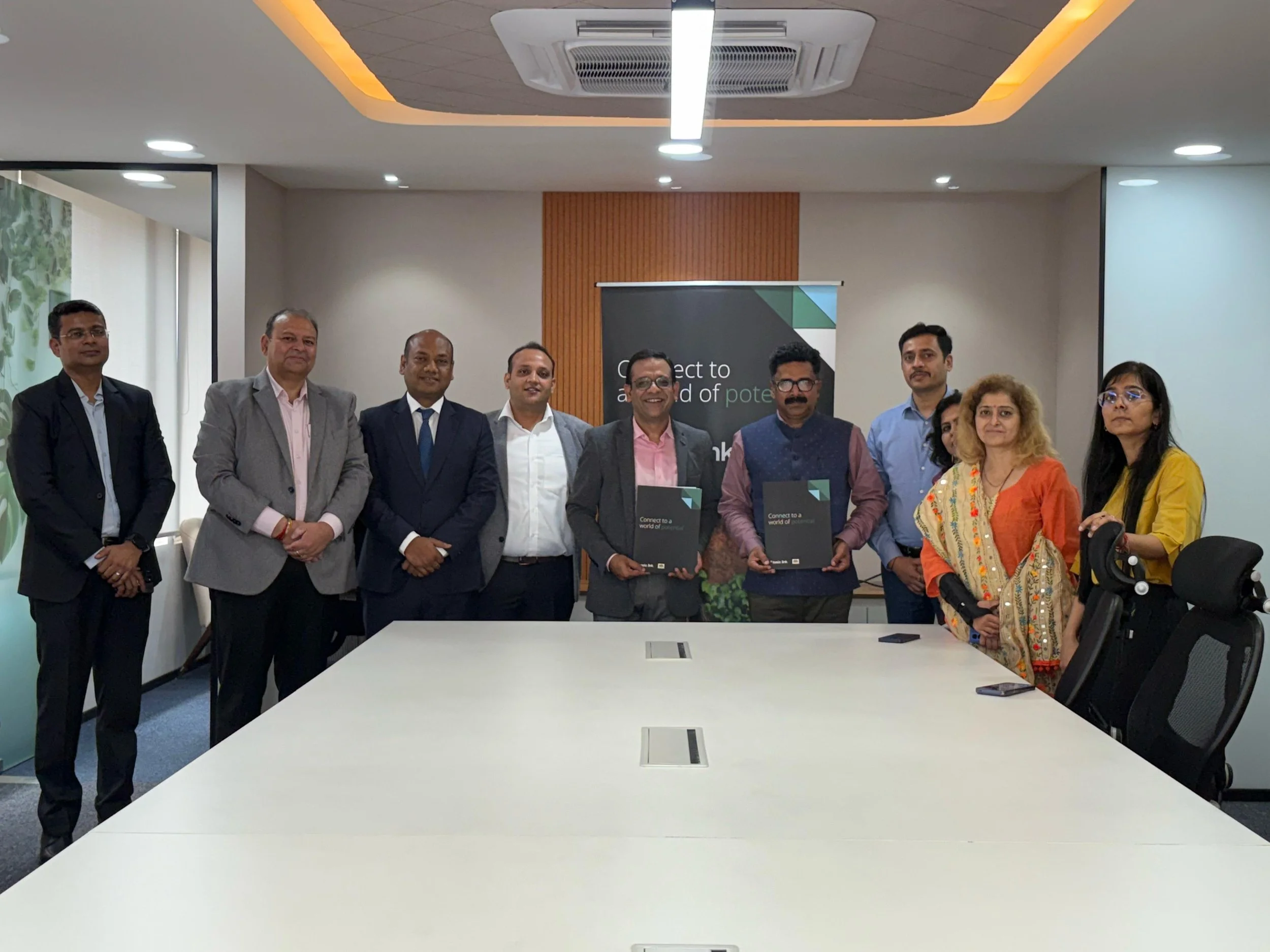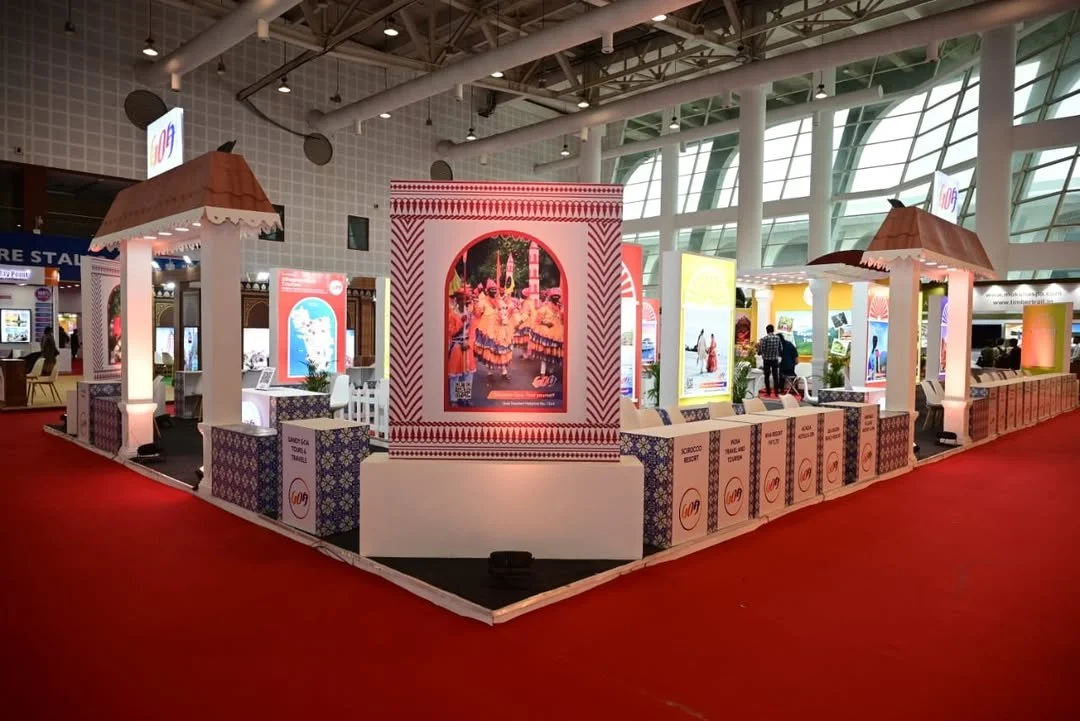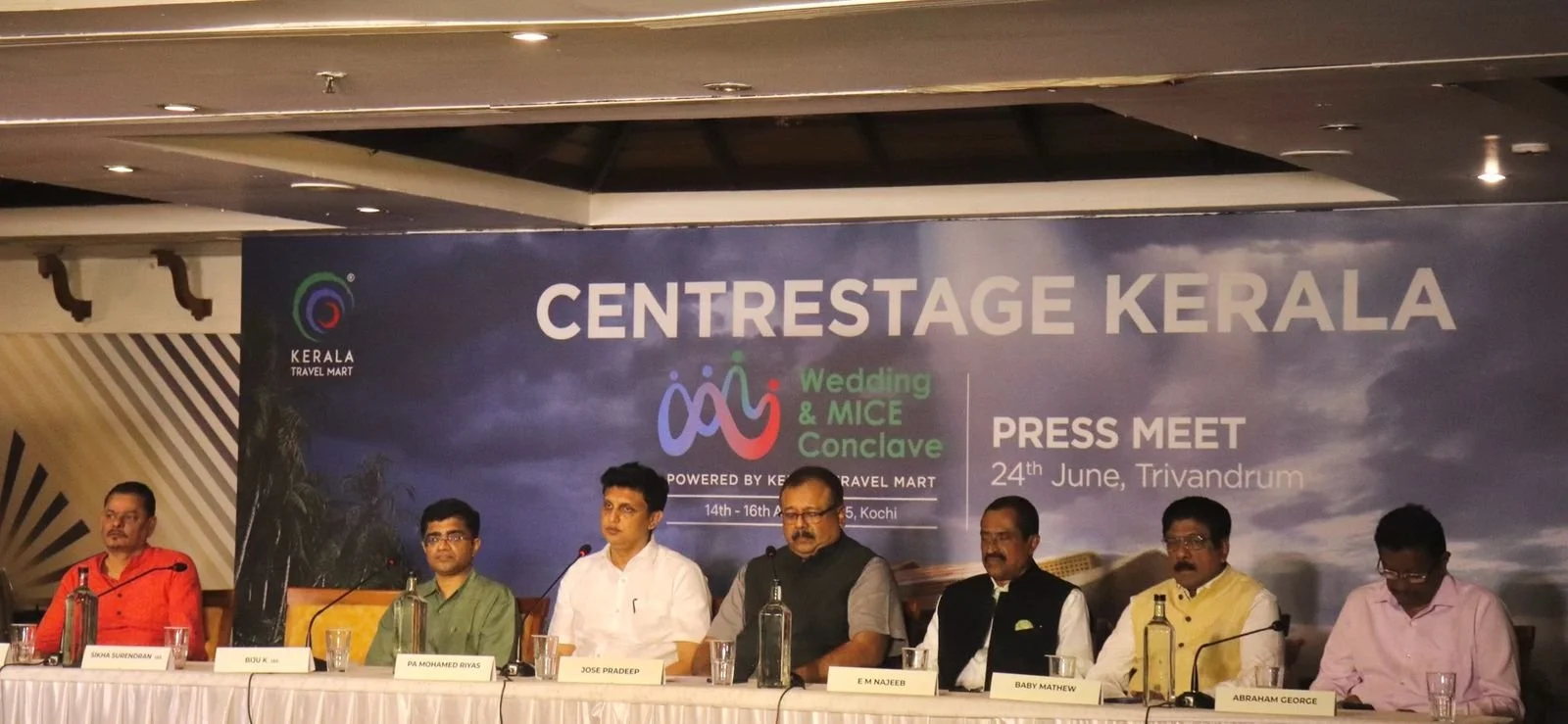The Fern Hotels & Resorts Expands in Mumbai with The Fern Residency, Mira Road
/Mumbai, August 2025: The Fern Hotels & Resorts, India’s leading environmentally sensitive hotel chain, is pleased to announce the opening of its latest property in Mumbai- The Fern Residency, Mira Road. Strategically located and with excellent connectivity to Mumbai’s western suburbs and commercial hubs, this 70-room hotel is designed to serve the needs of business travellers, conference delegates, leisure seekers and social gatherings alike. The company now has a total of 12 properties in Mumbai and 134 properties pan-India, operational and opening shortly.
Mr. Suhail Kannampilly, Managing Director, The Fern Hotels & Resorts, shared, “The launch of The Fern Residency, Mira Road reflects our continued focus on expanding thoughtfully across high-growth urban and suburban locations. Mira Road is emerging as a strategic hub within Mumbai’s evolving landscape, and this property is well-positioned to serve the needs of both business and leisure travellers. With well-appointed rooms, contemporary amenities, curated dining options and a commitment to eco-sensitive hospitality, this hotel reinforces our brand’s promise of delivering consistent comfort, operational excellence, and sustainable experiences.”
The hotel offers 70 spacious and elegantly furnished rooms and suites. Each accommodation is designed for comfort and functionality, featuring modern guest amenities, eco-friendly in-room features and intuitive service. Guests can explore a variety of dining experiences at Mint, the hotel’s multi-cuisine restaurant offering a wide selection of global and local dishes in a casual yet refined setting. For those looking to unwind, Flame, the hotel’s inviting beverage lounge presents a curated selection of drinks in a nostalgic atmosphere ideal for catching up or relaxing. In-room dining is available 24/7, including a thoughtfully crafted compact night menu. For business and social events, the hotel offers three versatile venues- Hazel, Olive and Senate, each spanning 2,300 sq. ft. and equipped to host up to 150 guests in various configurations, making them ideal for receptions, meetings, conferences and private gatherings.
Conveniently located, The Fern Residency, Mira Road is 22 km from Chhatrapati Shivaji International Airport, 7 km from Borivali Railway Station, 9 km from Borivali Bus Stand and 32 km from Dadar Railway Station. With seamless access to major transit points, the hotel serves as an ideal base for travellers seeking a well-connected and comfortable stay in Mumbai. Whether visiting for business or leisure, conferences or celebrations, The Fern Residency, Mira Road promises an enriching and environmentally responsible hospitality experience at the gateway to Mumbai’s western corridor.

